“What Is The Big Picture Future Of Translated Manga? … I’d love to see someone address the future for this kind of publishing in more direct fashion that didn’t seem like a snow job … I mean, I assume the future is at least different from the present, right?”
– Tom Spurgeon, ComicsReporter.com
I’ve been putting together the big picture of the manga industry in my head for a while now. Here’s what I’ve got. No specific malice is intended, and I wish the best for all publishers mentioned.
Facts:
– The book industry is in flux. Serious, serious flux.
– Because of this, orders from bookstores are coming in more conservatively; lower or zeroed-out in some cases, with more stock being put in past performers. Sales at the top remain consistent or improving, the midlist is being shaken out badly. What I mean by that is, if you don’t have a top title with a recognizable brand, you’re seeing attrition in your sales for the first time maybe since you started publishing, and the bigger your midlist, the greater the attrition.
– The manga industry does more business in the bookstore market than in the direct market. Often by a ratio of more than 10:1 in favour of bookstores.
Supposition:
– This puts pressure and emphasis on other channels to shore up sales, and it’s why pubs have been investing in everything from direct-sales and digital downloads to paying increased attention to the Direct Market (comic book stores). The book market isn’t done, it’s in flux, but it has become even more important to exploit titles in as many ways as possible… or significantly adjust expectations for performance. Or both. More on that later.
Fact:
– The Direct Market is all non-returnable sales, and Diamond pays out promptly and regularly, and this is of great import to small and medium publishers of all stripes, comics or otherwise.
My Experience:
– Let’s talk about the DM for a moment. The Direct Market has never embraced manga. Manga has never really embraced the direct market. I officially think it never will, despite it being in the best interests of both to do so.
Example 1: The best-selling manga, and one of the best-selling graphic novels of the year, is the series Naruto. At The Beguiling, we received Naruto Volume 33 through non-Diamond channels 2 and a half weeks earlier than Diamond shipped it… The same time as mass-market book retailers. NARUTO is a major, proven title with strong sales that was available at major book retailers with better customer-visibility more than 2 weeks before comic shops had a shot at it. How can Viz and Diamond allow this to happen on, INARGUABLY, the most popular manga in the world? How can a Direct Market store participate in this sytem?
Example 2: I only received 10% of my order for NAOKI URASAWA’S MONSTER VOLUME 17 on the week it shipped from Diamond (which, again, was weeks after we’d received it elsewhere). MONSTER is, by all accounts, is exactly the sort of manga title that is made for direct market comic book stores: MONSTER is an action thriller with a great hook, solid art, and a wide appeal to non-manga-readers. We got 1 out of every 10 copies we ordered. No explanation from Diamond. The other 90% of the copies ended up shipping the same week as MONSTER VOLUME 18, two months later (and, again, after we’d received vol. 18 through other channels).
– So in the last two months Comic Book Stores have been fucked-over on a) Viz’s #1 manga overall, and b) Viz’s #1 manga for comic book stores. But it gets better.
Example 3: Why did the Comic Book Shop Exclusive version of Osamu Tezuka’s BLACK JACK Volume 2 ship two weeks after the mass market paperback through Diamond? Vertical and Diamond cut a special deal to specifically target and “enfranchise” direct market comic book shops, by offering them a limited edition of Vertical’s most important release of 2008. A limited edition hardcover with an extra story, available only through comic book stores, and promoted very well too! I’m not a fan of the move from a consumer standpoint–I think adding exclusive and desirable content in a considerably more expensive package is a bad practice, disenfranchising the consumer. But the book is inarguably excellent, and the bonus material pretty essential, overall. So I got on board with it, and promoted the first hardcover release and the series. So what happened? Diamond and Vertical shipped the second, comic-shop exclusive hardcover edition of BLACK JACK two weeks late with no notice, warning, or explanation, hurting our sales on the book and causing consumer confusion on a limited edition, high-end item.
Supposition:
– I am not convinced that things will ever get better in the Direct Market, for manga. I feel that Diamond Comics’ near-monopoly is the only thing it has going for it, and when the product is available elsewhere they just can’t compete as distributors. When they do have an exclusive–a monopoly–on an item, look at the haphazard way in which that item is handled! Ultimately, faith by publishers in the direct market is often misplaced.
– That said, I think that faith in the direct market by publishers is absolutely necessary, and it’s going to take publishers and smart retailers demanding both change and accountability in the system for it to pay off. It is important specifically because:
– I predict seeing more deals like the Previews-Exclusive versions of Black Jack, because often, those deals come with either cash (Vertical could use cash) or a guaranteed print run, something like “Diamond will buy all 1,500 limited copies of Black Jack up-front, which guarantees 1,500 copies sold up-front,” which dramatically subsidizes the print runs of smaller or medium-sized publishers. Tokyopop could use some of that right now, something along the lines of the recent Battle Royale or Warcraft omnibus volumes, although more smartly conceived. There’s tons of manga material on the market right now from many different publishers that has more to do with a direct-market comic shop clientelle than it does with the mass-market, and it makes sense to try and use these series to drive readers from the ailing bookstore market into the DM. Strike while the iron is hot, that sort of thing.
– Actually, just thinking about it, Dark Horse has the greatest incentive to do something along those lines, as their manga sales through the direct market are considerably stronger (percentage-wise) than outside it. Not to be a dick about it, but as a market leader DC has shown little-to-no leadership or vision when it comes to their manga line, CMX, and that’s a real shame too. For example, if I could publish one thing at Dark Horse, I’d do a special-edition bind-up of the first three volumes of Astro Boy, regular comic-size, in hardcover, to tie into the upcoming release of PLUTO from Viz. Those Astro Boy books contain the origin, some of the best early stories, and the complete WORLD’S STRONGEST ROBOT arc. 650 pages, nice format, throw in an essay by Frederik Schodt, and slap a decent price tag on it. Comic Shop Exclusive. Easy money.
– But I think almost any publisher outside of the top 4 would be foolish not to leap at the chance of a Previews Exclusive, because cash or guaranteed print runs and the resulting press and buzz in the fan-community are nothing to sneeze at in these troubled times, particularly on work with a higher price point.
Facts:
– Speaking of work with a higher price point, Drawn & Quarterly has really paved the way for art manga in North America with their high-quality reproductions of material by Yoshihiro Tatsumi over the past 3-4 years. Most manga fans would lose their shit if a new 200ish page release had a $19.95 or $24.95 price-point, but any serious graphic novel buyer considers that a reasonable price point, and even when you take the disparity of print runs and the cost of translation and licensing into account, it’s hard to imagine those books aren’t profitable.
Supposition:
– It’s entirely possible to successfully publish good manga in North America, if everyone involved reconsiders their point of view on what successful means. The art-comix model espoused by D&Q–good books, released less frequently with lots of fanfare and a 10-cent per page price point rather than less than half that… for some releases. I don’t think anyone should expect Naruto-level sales, or even the sales levels that midlist titles hit a few years back, but if buy-in quantities are going to be capped by bookstores because they want to limit their exposure, doesn’t it make a kind of sense to make sure the price-point is higher on each of those units? At least when the material is intended for anyone outside of the mainstream shonen/shoujo demographic.
Experiences:
– The market could not absorb the number of releases that were crammed into it over the last few years, and that’s even before the ‘economic crisis’. Tom Flynn from ICv2 calls me up every once in a while and asks me about how things are going with the manga, and I answer him. He’s particularly interested in yaoi, it’s a section that we stock both wide and deep, and have had some real success with. I haven’t really had a chance to talk to him very much for the past 4 or 5 months, but where once my answers were along the lines of “selling well” and “no, there aren’t too many releases to keep track of” and “sales remain consistent” my answers recently might have been “I am completely swamped with this stuff, and releases are outstripping sales.” I think that’s the manga industry in miniature; a successful niche market with strong potential that was simply outstripped by the number of people wanting a piece of it, and dumping material into the category. DMP should take a lot of the blame for this, with 8-10 yaoi releases almost every month, almost all of which are dropped into the market with little-to-no-fanfare. At least pubs doing 8-10 books per year have a 30 day dedicated promotion cycle. I feel like DMP is relying on the niche market’s pre-existing familiarity with individual titles/authors through the scanlation circuit, which is just weird. (But then, DMP have also been aggressively promoting their online sales/digital manga initiative in 2008, trying to bypass all markets and go straight to the consumer, so maybe they’ve learned a lesson after all?) But DMP’s sin isn’t even close to unique, like I said, it’s the manga industry in miniature. What DMP’s done in Yaoi, releasing dozens of books into a category that couldn’t support them is just magnified for the industry as a whole, with hundreds and hundreds of volumes of manga released by a dozen publishers with no support, no promotion, no audience, and it’s no wonder that bookstores, comic stores, and consumers are a little shy.
– At least there were fewer series dropped entirely in the middle of their serializations this year. Unless all of that stuff that’s being “reorganized” by Tokyopop ends up cancelled for good. Or, uh, ADV. Or DramaQueen. Or… Nevermind.
Closing Thoughts and Predictions for the Year Ahead:
– I think the market can support mature work at a different price-point, and we’ll see more of that from many publishers. As long as that market doesn’t become flooded (more than, say, 30 releases per year across all publishers) I think it’ll be a strong category for the next few years.
– The market will publish fewer series and fewer volumes, and attempt to put more ‘oomph’ behind each series they launch.
– The top licenses and series will remain mostly unchanged, as will their sales levels.
– The market will continue to experiment with higher price-points, bind ups (multiple smaller volumes in one big volume), and higher end formats. The market will realize that there is a mass-market and a collector’s market (yes, even for manga) and begin to produce material for both.
– Smart publishers with comic shop friendly material will do more “Previews-Exclusive” books, to try and capture some of the money in that market.
– Diamond will announce new initiatives in making their manga services more competitive.
– Every major manga publisher will have a significant digital manga plan by the end of 2009. This will involve free, subscription, or digital download-based programs. There will be no consistent format, design, or website, because everyone thinks that their way is best and there’s nothing to be gained by working with your competitors. Sorry consumers!
– We’ll lose at least two publishers this year. No specific inside knowledge, but the market can’t support the number of titles being produced, and not every pub can survive with lower sales. I don’t want to put any specific pub in the deadpool, that’s not cool, but I can’t see things continuing as they are for some of them.
– Kodansha will start their own publishing concern for manga this year! Unless Everything I Know Is Wrong. And hey, I wouldn’t be surprised if it is.
—
So what did I get wrong?
– Chris






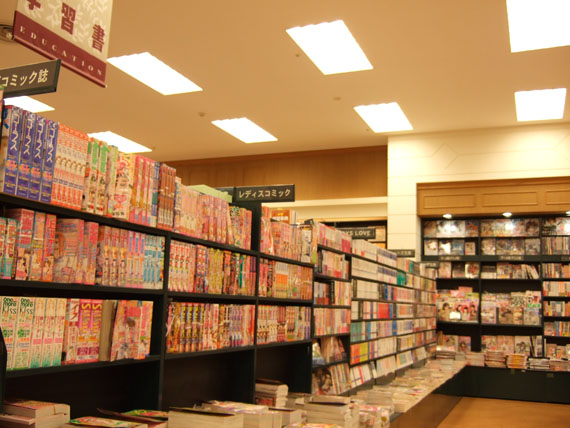
 According to news coming down the wire, Kodansha seems to have refused to “refresh” any of their licenses currently held by Tokypop in Germany. The news was apparently made in a mailing sent out by Tokyopop to their fans, and is effective as of December 31st, 2008. It will affect the German publication of series Beck, Cromartie High School, School Rumble, Perfect Girl, and Hell Girl, only one of which (Beck) is published by Tokyopop in North America.
According to news coming down the wire, Kodansha seems to have refused to “refresh” any of their licenses currently held by Tokypop in Germany. The news was apparently made in a mailing sent out by Tokyopop to their fans, and is effective as of December 31st, 2008. It will affect the German publication of series Beck, Cromartie High School, School Rumble, Perfect Girl, and Hell Girl, only one of which (Beck) is published by Tokyopop in North America.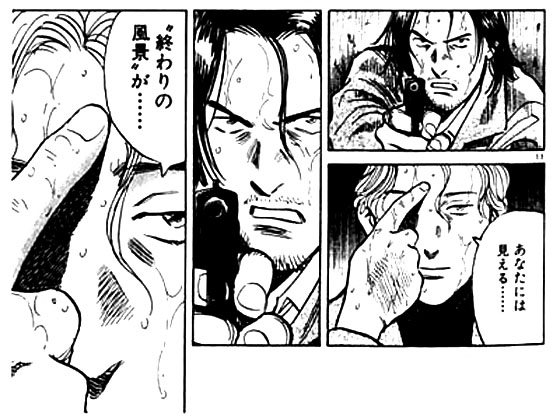
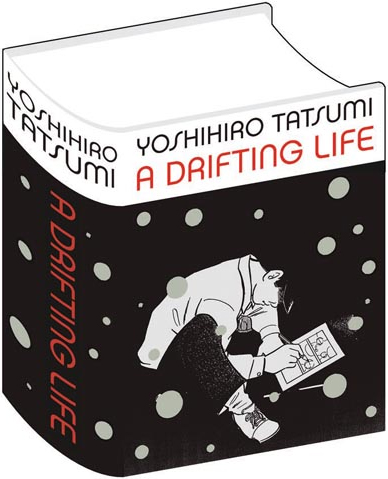
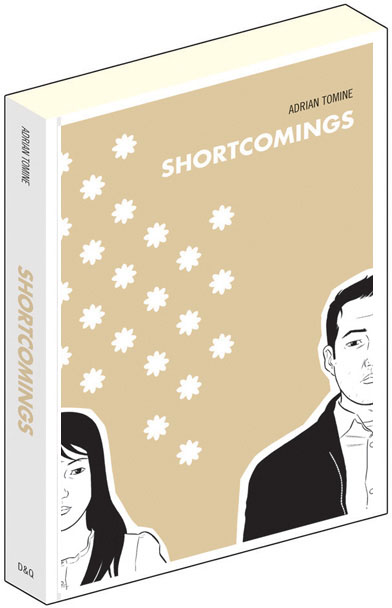

 Abandon The Old in Tokyo (New 2nd printing)
Abandon The Old in Tokyo (New 2nd printing)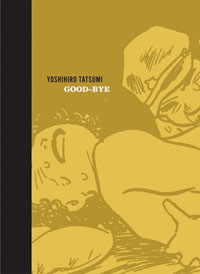 Good-Bye & Other Stories (O/A)
Good-Bye & Other Stories (O/A) The Push Man & Other Stories (O/A)
The Push Man & Other Stories (O/A) Scrapbook (O/A)
Scrapbook (O/A) Sleepwalk & Other Stories (O/A)
Sleepwalk & Other Stories (O/A)